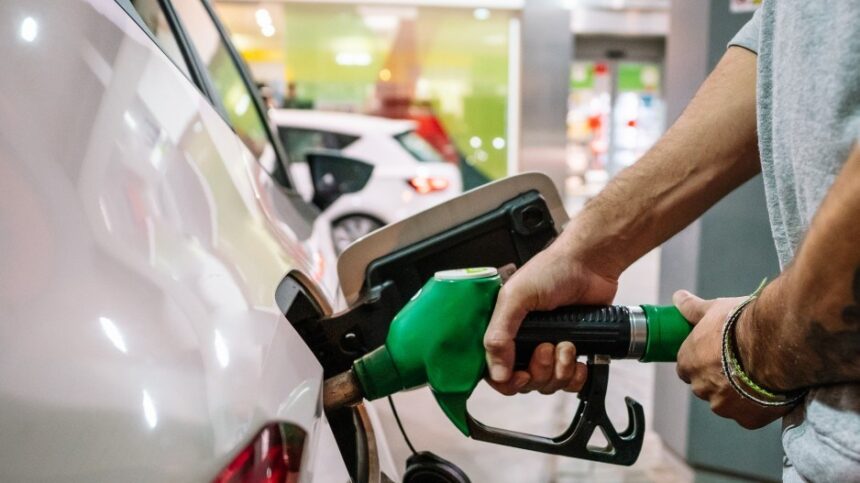The once-unshakable grip of gasoline on Canada’s transportation sector is showing its first significant signs of vulnerability. Recent data from Statistics Canada reveals a remarkable plateau in national gasoline consumption, even as the total number of vehicles on Canadian roads continues to climb – a divergence that energy analysts attribute largely to the accelerating adoption of electric vehicles across the country.
For the first time in decades, Canada’s gasoline sales have essentially flatlined, hovering at approximately 43 billion liters annually since 2016, according to the latest federal data. This stagnation comes despite the Canadian vehicle fleet growing by over two million units during the same period.
“What we’re witnessing is the beginning of a fundamental shift in Canada’s energy landscape,” explains Dr. Melissa Chen, senior energy transition analyst at the Canadian Climate Institute. “The decoupling of vehicle growth and gasoline consumption represents a critical inflection point that few predicted would arrive so quickly.”
The Electric Vehicle Council of Canada reports that EVs now represent nearly 8% of new vehicle sales nationwide, with British Columbia and Quebec leading adoption rates at 14% and 12% respectively. This provincial leadership stems from a combination of robust incentive programs, expanded charging infrastructure, and increasingly stringent emissions regulations.
“British Columbia’s success demonstrates how thoughtful policy design can accelerate market transformation,” notes Thomas Reynolds, transportation policy director at Clean Energy Canada. “Their approach combining purchase incentives, charging network development, and zero-emission vehicle mandates has created a self-reinforcing ecosystem for EV growth.”
The implications for Canada’s energy sector are profound. The Canadian Association of Petroleum Producers estimates that every percentage point increase in national EV adoption rates corresponds to approximately 400 million liters of displaced gasoline demand annually. This transition is already impacting investment decisions across the industry, with several major refiners redirecting capital toward renewable fuels and charging infrastructure.
“Traditional fuel retailers are recognizing that their business model must evolve,” says Jennifer Taylor, energy economist at the University of Calgary. “We’re seeing strategic acquisitions of charging networks and partnerships with utilities that would have been unimaginable just five years ago.”
While urban centers show the fastest adoption rates, rural communities present both challenges and opportunities for the electric transition. The federal government recently announced an additional $680 million investment to expand charging infrastructure along highways and in remote communities, addressing the “range anxiety” that continues to deter potential EV buyers outside major metropolitan areas.
The plateauing gasoline demand also carries significant climate implications. Transport Canada notes that the transportation sector represents Canada’s second-largest source of greenhouse gas emissions at 24% of the national total. The agency projects that current EV adoption trends, if sustained, could reduce Canada’s transportation emissions by up to 18% by 2030 compared to business-as-usual projections.
However, industry observers caution that the transition faces headwinds. Supply chain constraints, battery mineral availability, and electricity grid capacity represent potential bottlenecks that could slow progress. Additionally, consumer hesitation remains a factor, particularly regarding vehicle pricing and charging convenience.
“We’re still in the early adopter phase of this transition,” acknowledges Alex Morgan, automotive industry analyst at Desjardins Securities. “The real test will come as manufacturers attempt to move beyond the premium market segment into mass-market adoption.”
As Canada navigates this pivotal energy transition, the question remains: will the current plateau in gasoline consumption represent merely a pause before further decline, or will technological and economic limitations create a prolonged period of dual transportation systems operating in parallel? The answer will shape not only Canada’s energy future but its ability to meet ambitious climate commitments in the decades ahead.










